Hydrogen seen especially critical as sustainable fuel, renewable drive
Expanding the use of green hydrogen will be crucial for China to achieve deep cuts in carbon emissions while ensuring domestic energy security, as the future growth of power generation will mainly come from non-fossil resources, according to think tanks.
Green hydrogen, produced through the electrolysis of water using renewable energy sources, has emerged as a clean and versatile fuel with the potential to revolutionize various sectors, said the CNPC Economics and Technology Research Institute, China National Petroleum Corp.
Wu Mouyuan, vice-president of the institute, said hydrogen's ability to produce energy without emitting carbon dioxide makes it a promising solution for decarbonizing sectors that are challenging to directly electrify, such as heavy industry, aviation and long-haul overland transportation.
By serving as a clean fuel alternative, hydrogen can replace traditional fossil fuels while playing a crucial role in consuming and storing renewable energy, making it an indispensable energy alternative for achieving deep emissions reductions at the terminal stage, Wu said.
Currently, hydrogen is mainly produced from carbon and natural gas without using carbon capture, utilization and storage technology. It therefore generates massive carbon emissions during the process, known as "gray hydrogen". "Blue hydrogen" has its carbon emissions captured and stored, or reused.
Projected demand for hydrogen is expected to soar over the next few decades, according to a recently released report by the institute.
The institute expects hydrogen, as a pivotal option for deep decarbonization at the terminal end, will see its consumption in China surpass 36 million metric tons in 2023, making the country the world's largest producer and consumer for the 13th consecutive year.
As China relies heavily on oil and natural gas imports, with dependency currently reaching 71.2 percent and 40.2 percent, respectively, hydrogen will make China less reliant on traditional fossil fuels and accelerate energy transition, said global consultancy Accenture.
Accenture said local authorities in China are already promulgating detailed policies to seize emerging opportunities, following the release of a national plan aimed at promoting the development of the hydrogen energy industry.
Provinces across the nation are coming up with plans to develop green hydrogen, especially renewable energy-rich regions and more developed areas, either leveraging their location conditions or creating new industry clusters to develop the whole value chain of green hydrogen, it said.
China issued its 2021-35 plan for hydrogen energy development earlier this year, aiming to have some 50,000 hydrogen-fueled vehicles on the road and a batch of hydrogen fueling stations by 2025, and produce 100,000-200,000 tons of green hydrogen per year — part of government efforts to further promote high-quality hydrogen energy development.
Many domestic companies have been stepping up efforts to formulate hydrogen plans in recent years.
China Petroleum and Chemical Corp completed construction of the nation's largest photovoltaic green hydrogen production project in August, which is expected to produce 20,000 tons of green hydrogen annually when at full capacity, a significant breakthrough in China's scaled industrial application of green hydrogen.
This is part of the company's planned $4.6 billion investment in the hydrogen sector through 2025, aiming to boost annual hydrogen production capacity to 500,000 tons by 2025.
State Power Investment Corp Ltd has also proposed ambitious hydrogen strategies, including its demonstration project in the Xizang autonomous region focusing on using hydrogen to overcome the issue of the intermittence of renewable power.
China produced about 33 million tons of hydrogen in 2021, making it the world's largest hydrogen producer.
Luo Zuoxian, head of intelligence and research at the Sinopec Economics and Development Research Institute, said China's green hydrogen production costs are declining as a result of increased technological breakthroughs.
As China is currently the world's largest hydrogen producer and consumer, it has substantial room for further development, said Luo.
Considering uncertainty in demand, infrastructure, technology and policy at emerging stages of the green hydrogen sector, Accenture recommends companies operating in the sector take into consideration all related risks.









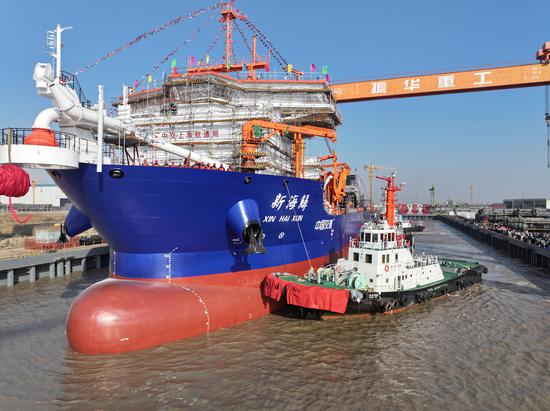





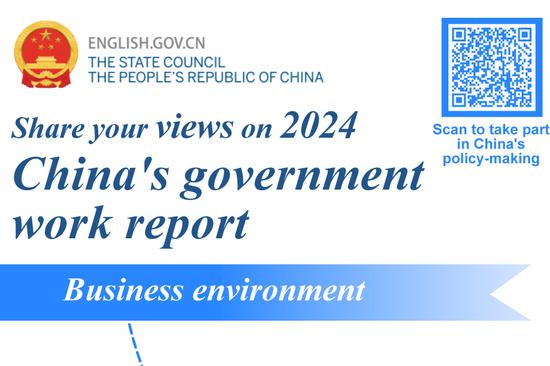











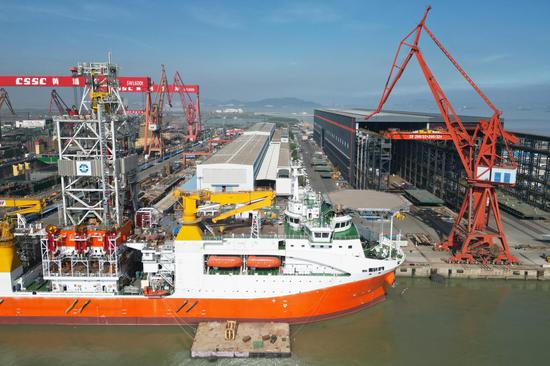

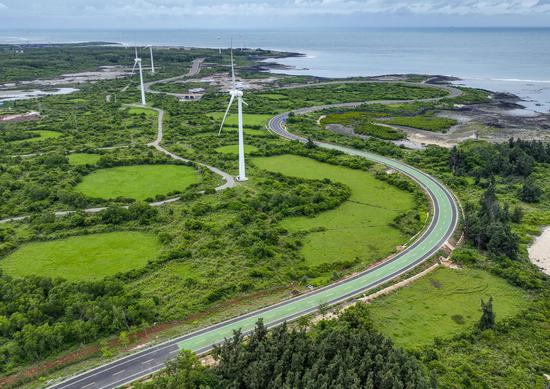
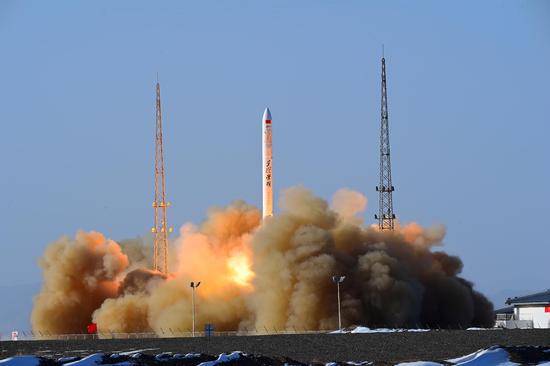



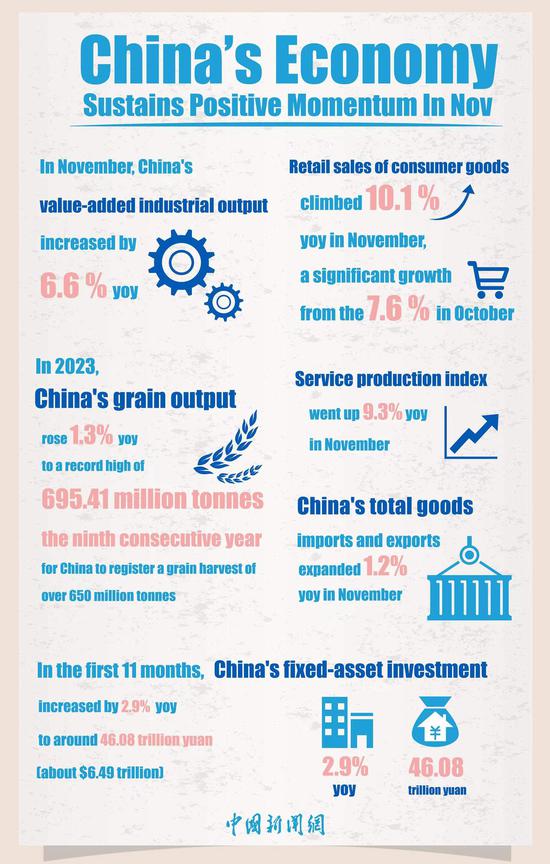















 京公网安备 11010202009201号
京公网安备 11010202009201号